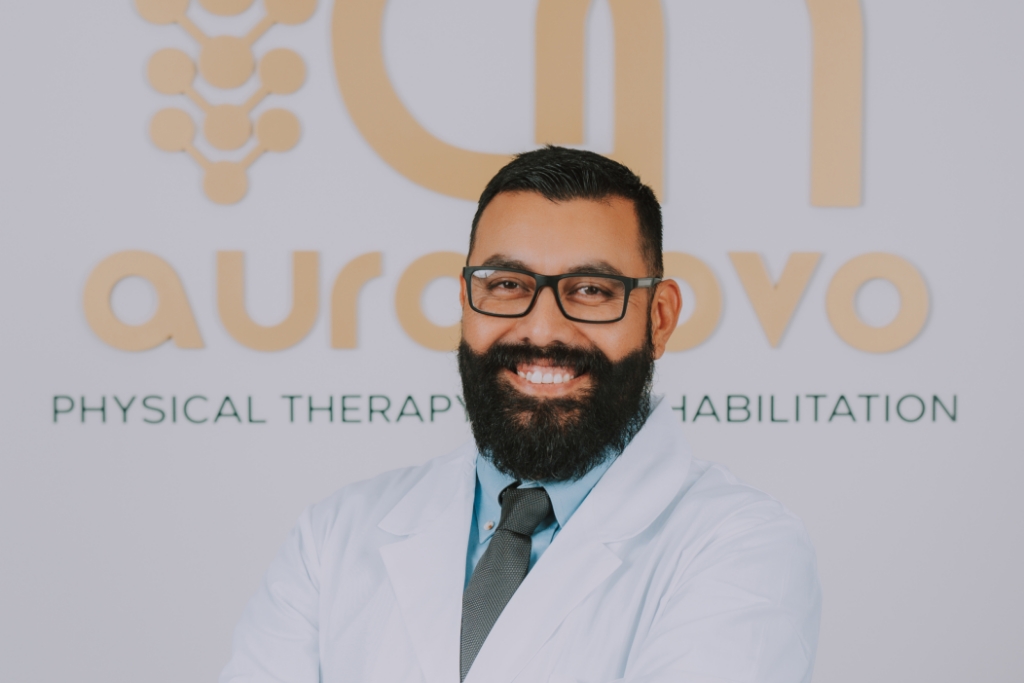Benefits of Advanced Physical Therapy: A Comprehensive Guide
Advanced physical therapy is very much needed nowadays. The coronavirus closed the entire world and forced big corporations and firms to operate from home. This introduced “work from home” to many new employees and has been in effect until today. There are many perks to working from home, such as savings on office charges, the individual costs of reaching the office, and the formalities.
There are many disadvantages as well. Continuous sitting in front of the screen affects the eyes and supports a sedentary lifestyle. The major drawback is neck pain. Focusing on the screen can result in neck bending. This can ultimately result in a humpback. This can affect the overall lifestyle and health of an individual. Some exercises can lessen or help avoid a humpback.
Daily work and meetings may not allow much time for exercise, or the work stress may affect the memory power of the individual, ultimately causing them to forget to do it. There is a solution to this problem, and it is therapy. Now again, the problem is time. The employees cannot find time to go and lie around for hours for therapy. This is where advanced physical therapy comes into play.
Advanced physical therapy uses sonic radiation that can easily get to any layer of human skin tissue. In this way, relief is easily attained, and the individual does not have to be around for a long time. Advanced technologies also help therapists find the breeding ground for these issues and get rid of them permanently. These technologies also do not require individuals to feel as much pain as primitive physical therapy.
To help you understand the benefits of advanced physical therapy, below are the details:
- Individualized Treatment Plans: In conventional physical therapy, therapists usually adhere to pre-established protocols for managing common ailments and wounds. These procedures may be helpful, but it is possible that they do not fully account for each patient’s unique needs and circumstances. Modern physical therapy, on the other hand, places more emphasis on individualized care. The patient’s medical history, way of life, and specific goals are all taken into account during the lengthy assessments that therapists take the time to complete.
By combining a thorough assessment with the most recent diagnostic tools, such as electromyography and motion analysis systems, physical therapists of today are better able to comprehend patients’ conditions. Using this information, they develop specialized treatment plans that concentrate on the root of the problem. These strategies cover a wide range of interventions, such as manual therapy, therapeutic exercises, and unique modalities.
- More effective pain management: Pain can be crippling and interfere with every aspect of a person’s life. An important focus of cutting-edge physical therapy is on efficient pain management methods. To relieve pain and restore normal function, therapists use hands-on manual therapy techniques like joint mobilizations and soft tissue mobilizations.
Specialized, advanced physical therapy employs cutting-edge modalities like ultrasound, electrical stimulation, and laser therapy. By reducing inflammation, increasing blood flow, and supporting the body’s natural healing processes, these methods can reduce pain. Advanced physical therapy combines several pain management strategies to relieve patients’ suffering and aid in their return to a normal quality of life.
- Improved Rehabilitation and Recovery: For patients recovering from accidents or surgeries, advanced physical therapy offers a multifaceted approach to rehabilitation. When developing individualized exercise programs, therapists primarily focus on four areas: strength, flexibility, balance, and proprioception. Functional movement training is used to simulate real-world activities and aid patients in regaining confidence in their abilities.
Patients with neurological conditions must use neuromuscular retraining, which is part of cutting-edge physical therapy techniques. Patients who receive this specialized training can regain motor control and function by reestablishing neural connections.
- Future Injury Prevention: A crucial component of advanced physical therapy is the prevention of future injuries. Therapists are proactive in addressing risk factors that might result in future injuries in addition to treating pre-existing conditions. To pinpoint vulnerable areas, they examine the patient’s movement patterns, muscle imbalances, and alignment problems.
Physical therapists with advanced training develop tailored exercise programs that concentrate on addressing these weaknesses based on the assessment. Patients gain knowledge of ergonomics, postural awareness, and proper body mechanics, all of which are crucial in lowering the risk of further accidents. Advanced physical therapy equips patients to take control of their health and well-being, whether it is preventing recurrent sports injuries or strains brought on by the workplace.
- Optimal Physical Performance: To improve their performance and ward off sports-related injuries, athletes and active people frequently turn to advanced physical therapy. Advanced physical therapists are knowledgeable about the demands of different sports and can design exercise programs that are specific to each athlete’s needs.
Plyometric exercises, strength and conditioning drills, and sports-specific exercises are all included in these programs. Therapists also look at biomechanics to identify areas that need improvement to help athletes perform at their absolute best while lowering their risk of developing overuse injuries.
- Comprehensive Rehabilitation for Specific Conditions: Advanced physical therapy provides specialized rehabilitation for a range of conditions. Advanced physical therapists are equipped with the skills and knowledge necessary to manage these challenging cases, whether it be neurological rehabilitation, post-surgical recovery, or chronic pain management.
Therapy professionals work closely with the surgical team to ensure a speedy post-operative recovery. Sensitive patients are treated with technologies blended in such a manner that the treatment works better and the pain decreases. These modifications are made while monitoring the ongoing process. Advanced physical therapy has helped these treatments become patient-friendly and relieve patients from pain as much as possible.
Conclusion:
Advanced physical therapy is evidence-based and authentic for patients. Over the years, it has proven to help patients deal with stress and pain and increase mobility and overall strength. Patients might feel that “advanced” physical therapy may prove fatal or harmful, but it is not at all like that. Cupping, stretching, and needling are some of the examples that have been modified following advanced physical therapy and have helped a lot of patients.
Advanced physical therapy is crucial for desk workers. Prolonged sitting on a chair while focusing on the screen can have a bad impact on the neck area and even result in spondylitis. This not only provides relief but also helps patients regain functionality and improve their general quality of life. Therapists use a wide range of interventions to help patients regain their strength, flexibility, and balance, including therapeutic exercises, neuromuscular retraining, and proprioceptive training. People can reclaim their independence and confidently resume their daily activities thanks to this all-encompassing approach.
Advanced physical therapy emphasizes injury prevention heavily in addition to rehabilitation. Therapists enable patients to create healthier movement patterns, address muscle imbalances, and improve their biomechanics by identifying risk factors and addressing them through individualized exercise programs. This proactive approach drastically lowers the possibility of further injuries, allowing people to lead more active and satisfying lives.





